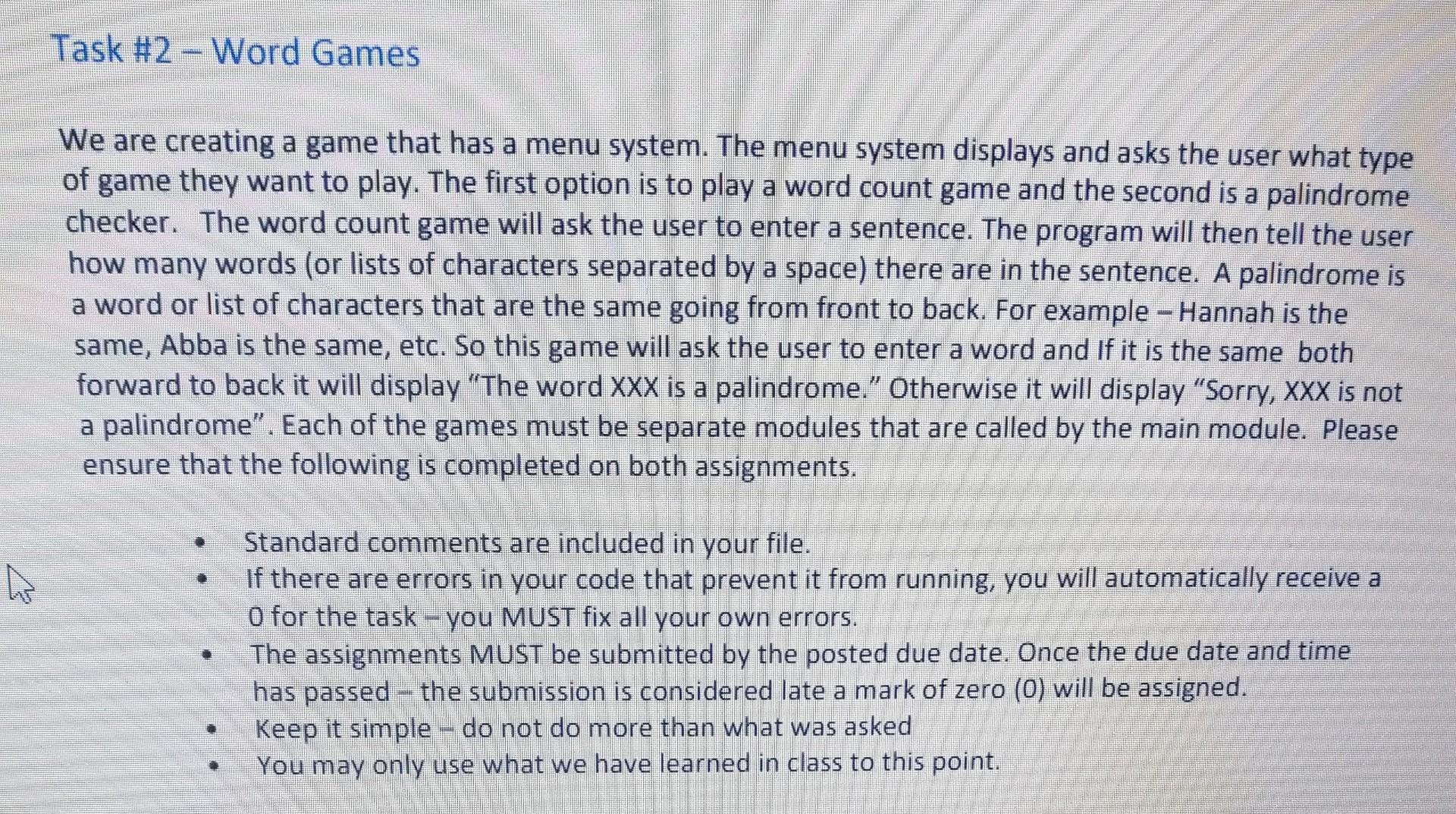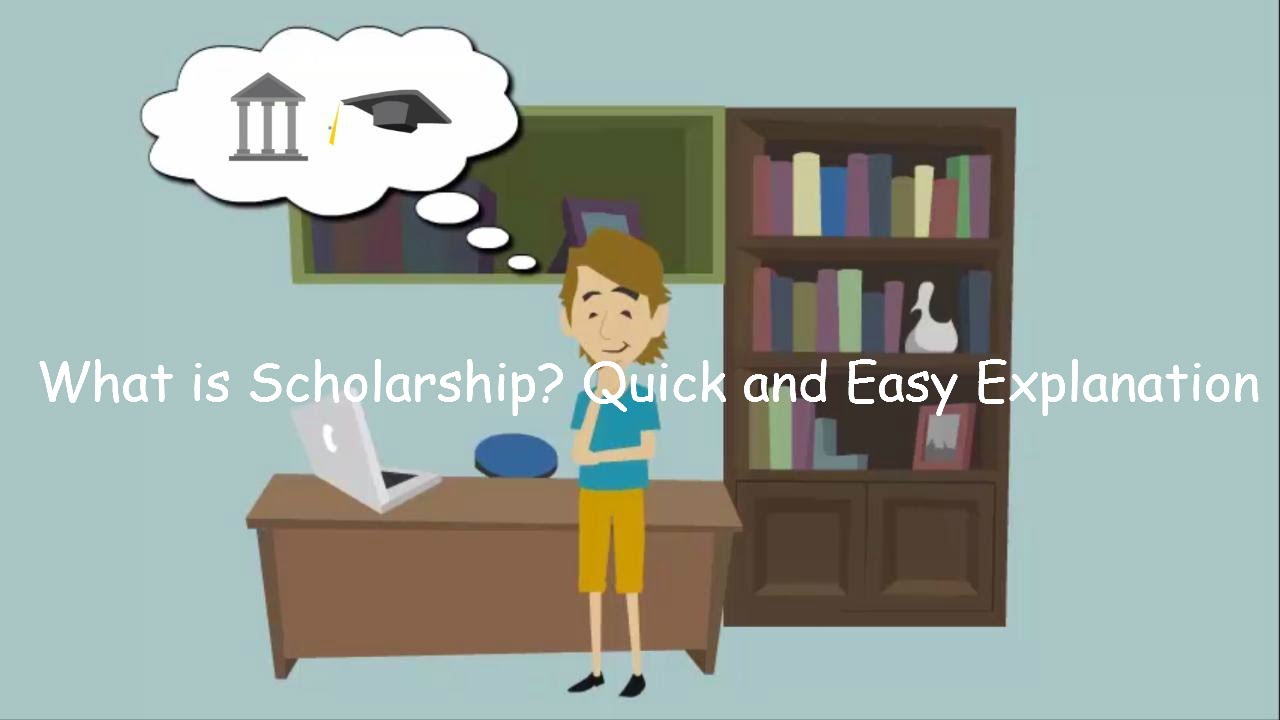
The potential for teachers to influence student learning can be influenced in many ways. These strategies are described as motivational methods, perceptions, effects, and motivational. This article will examine the differences among these strategies. While some strategies might seem counterintuitive to some teachers, they could be beneficial for others. Let's look at the differences between controlling and autonomy-supportive teaching strategies. What impact do these strategies have on student learning? What are the most effective ways to influence student learning?
Motivational strategies
Teachers' motivational strategies can influence students' learning outcomes. We recently examined whether teachers used autonomy-supportive, controlling or other motivational strategies in a study. Findings support the role of autonomy in motivating students, but also indicate the importance of other contextual factors. Let's look at some of the most popular motivational teaching strategies. In addition, you'll find a list of examples of their use. We'll also be discussing the differences between both types of strategy.

Methods
There are many methods to help students learn. Teachers can assign tasks to students based upon their learning styles. This will help students better understand their learning needs. It is important to give students tasks that encourage them to learn. After learning content, students should review it. Teachers should give tasks that are appropriate for their students. Teachers can use peer teaching in certain cases. However, this comes with its limitations.
Perceptions
Teachers' perceptions of themselves are affected by their education, background, work, culture, and communities. These influences influence the way teachers approach students. Teachers might also be affected by their own personal views. Teachers may not know that these factors can impact their perceptions of teachers. Students' perceptions about teacher strategies were examined in this study to determine if they would learn more if their teachers used specific strategies.
Effects
Studying the effects of teacher strategies and student motivation has been extensive. There have been many studies that focused on different aspects. There are four major types of teacher strategies for motivating students. Some strategies include igniting the learners' imaginations, and offering opportunities to apply them. Other strategies focus on providing rationales before activities and providing informational feedback during oral performances. Some teachers show empathy towards their students, and have been known to inspire students' imaginations. These teachers can also identify achievement gaps and implement strategies to close these gaps.

Relationships with students
Studies have shown that positive relationships between teachers and students impact student learning and achievement. Positive relationships can also increase teacher job satisfaction and retention. Pianta, along with colleagues, discuss recent research on teacher/student relationships. They also identify qualitative parameters which affect relationship processes. Building positive relationships early with students will improve learning outcomes and foster resilience. This chapter also discusses the best ways to build positive relationships with students.
FAQ
What is a "Trade School"?
Trade schools provide an alternative pathway for students who have not achieved success at traditional higher educational institutions to earn a college degree. They offer career-focused programs which prepare students to pursue specific careers. These programs usually require two years of coursework. Students who enroll in them then move on to a paid apprenticeship program. Here they learn a job skill, and also receive training. Trade schools can include technical schools, community colleges and junior colleges as well as universities. Some trade schools also offer associate degrees.
What does it mean to be a teacher in early childhood education?
Special training is required for teachers in early childhood education. Most states require applicants for teaching positions to have certification from the state board before they are allowed to work in public school.
Some states require teachers pass reading and math tests.
Some states require teachers with early childhood education degrees to complete a set number of hours.
Many states have minimum requirements for teachers. However, the requirements may vary between states.
Is it better to be a specialist in one subject than in another?
Many students choose to specialize in one subject (e.g., English, History, Math) instead of branching into multiple subjects. However, it's not always necessary to specialize. You could, for example, choose to specialize in surgery or internal medicine if you are considering becoming a physician. You could also opt to become a general physician, specializing in either pediatrics, family practice or psychiatry. If you are considering a career in the business world, you might focus on marketing, sales, finance, operations research, marketing management, and human resources. The choice is yours.
What is a vocational school?
Vocational schools provide programs that prepare people for a specific job. They may also provide general education courses and training in skills needed by employers.
Vocational education has a significant role to play in society. It helps young people gain the skills they need to succeed. It makes sure that every student has access to high-quality educational opportunities.
A vocational school offers its students a range of options, including apprenticeships, certificates, diplomas, degrees, college transfer programs, and other postsecondary credentials. Vocational schools offer both academic and practical courses in math, science and English.
What's the difference between college and school?
Schools are often divided into classes or grades, with one teacher teaching a class of students. Colleges offer more specialized programs, and many include university-level classes. While schools are more focused on fundamental subjects, colleges might offer a range of subjects such as arts, science and languages. Both levels offer a variety of subjects to help students prepare for higher level study.
Statistics
- In most developed countries, a high proportion of the population (up to 50%) now enters higher education at some time in their lives. (en.wikipedia.org)
- Data from the Department of Education reveal that, among 2008 college graduates, 92.8 percent of humanities majors have voted at least once since finishing school. (bostonreview.net)
- Among STEM majors, that number is 83.5 percent. (bostonreview.net)
- “Children of homeowners are 116% more likely to graduate from college than children of renters of the same age, race, and income. (habitatbroward.org)
- And, within ten years of graduation, 44.1 percent of 1993 humanities graduates had written to public officials, compared to 30.1 percent of STEM majors. (bostonreview.net)
External Links
How To
How to get started in homeschooling
Homeschooling refers to the education of children at home. It involves teaching them through different methods, such as reading books, watching videos and doing exercises. Because they allow students to learn at their pace and develop skills like problem solving, creativity and self-discipline as well communication and social skills.
Many parents want to educate their kids at home. They can choose to homeschool, which allows them the freedom to devote their energy and time to their children's education, without worrying about who will take care of them while they are at work.
There are many benefits associated with homeschooling; some of these include developing the ability to think critically and creatively, increasing their knowledge base, improving their language skills, developing their personal identity, becoming independent learners, and having greater control over their life than if they were attending school.
Homeschooling's main purpose is to give children quality education so that they can be successful adults. Before you begin homeschooling, you will need to meet some requirements. One of these requirements is to determine whether your child is eligible to attend public or private schools. The type of curriculum that you choose to use for homeschooling is an important consideration. There are several types of curricula available online that you can choose from depending on your preference, budget, and level of expertise. Some of these include classical, Montessori, Waldorf, Reggio Emilia, Charlotte Mason, unschooling, natural learning, and others. It is also important to have the resources you will need to teach your child. This includes buying textbooks, educational materials and computers. These items can either be bought online or at local stores.
Once you have completed these steps, you can apply to become a homeschooling mom. It is best to ask your state education department for help. They will help with the forms and give you advice on how you can start homeschooling.